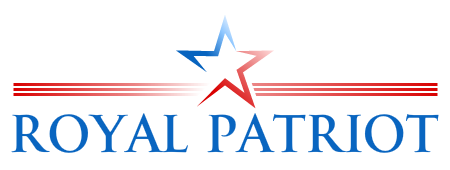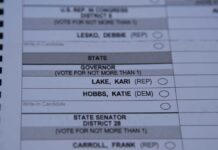The recent Siena College poll released on Tuesday indicates a significant concern among New York voters regarding the recent surge in immigration to the state. Steven Greenberg from Siena College shared that most New Yorkers from various demographics – be it Democrats, Republicans, independents, those living upstate or downstate – consider the recent rise in migrants as a pressing issue for New York.
According to the poll, 82 percent of those surveyed view the migration situation, which has been ongoing since May, as problematic. A majority of 54 percent termed it as “very serious.” Additionally, 58 percent believe that New Yorkers have already done their part and should now take measures to control the migrant influx. When asked about the impact of migrants who have settled in New York over the past two decades, more voters described it as a “burden” rather than a “benefit.”
Since last spring, New York City has seen an influx of over 72,000 individuals, with 37,500 of them utilizing the city’s shelter system, which includes hotels, homeless shelters, and even a repurposed jail, all funded by the city’s residents.
The poll also revealed that the public is dissatisfied with the officials responsible for the migrant situation. Governor Kathy Hochul has a 51-35 percent disapproval rating concerning her handling of the migrant issue, while Mayor Eric Adams stands at a 47-31 percent disapproval. These figures emerged after Hochul emphasized the potential benefits of mass immigration to businesses in the state, even as New York City grapples with the challenges.
Reports suggest that Governor Hochul sees the weekly arrival of numerous migrants, many without means for self-sustenance, as a positive trend, despite Mayor Adams’ declaration of a city crisis due to the same.
The national administration also faces criticism, with a 59-34 percent disapproval rating on handling the immigration issue, as per the poll.
This survey by Siena College took place between August 13-16 and involved 803 registered voters. The respondents were reached through a mix of methods, including landline and mobile phone calls and an online panel.


















